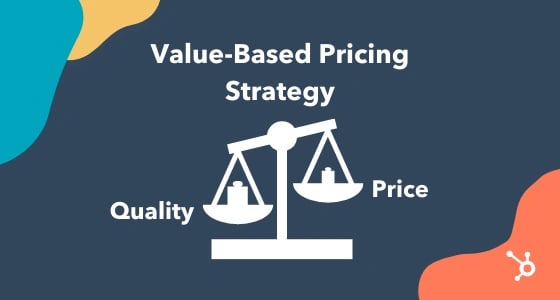The Pricing Conundrum: Why Setting Your Prices Below Competitors Isn't Always Smart

In the world of business, the concept of pricing has always been a fascinating puzzle. Many entrepreneurs and business owners believe that offering lower prices than their competitors is the smartest way to capture market share and meet revenue targets. After all, who can resist a good bargain? However, this strategy might not be as clever as it initially seems.
As someone who once shared this belief, I recently had an eye-opening revelation during one of my business classes. I discovered that pricing is not a one-size-fits-all equation, and setting your prices significantly lower than your competitors may not be the best course of action. Why? The answer lies in understanding the value you offer to your customers.
Each business, regardless of its industry, has its unique value proposition, which sets it apart from competitors. This unique value proposition encompasses everything from the quality of the product or service to the customer experience and brand reputation. By setting prices significantly lower than your competitors, you may inadvertently send a signal that your offerings are of lower quality or less valuable. In essence, you risk devaluing your own brand.
The key to a successful pricing strategy lies in recognizing the distinction between price and value. Price is the amount customers pay for a product or service, while value is what they receive in return. Customers are willing to pay a premium price if they believe that the value they will get justifies the cost. This means that the value you offer should be commensurate with the price you charge.
So, how do you determine the right price for your products or services? Here are some essential steps to consider:
Know Your Unique Value Proposition: Start by identifying what makes your offerings unique and why customers should choose your brand over competitors. This could be superior quality, exceptional customer service, innovative features, or any other distinctive aspect of your business.
Understand Your Target Audience: Know your customers, their preferences, and their willingness to pay for your offerings. Conduct market research to gather insights into their expectations and the value they seek.
Competitive Analysis: Examine the pricing strategies of your competitors. Understanding their pricing structure will give you a better sense of where your offerings stand in the market.
Cost Analysis: Calculate your production or service costs, overheads, and desired profit margin. This will help you determine the minimum price required to sustain your business.
Pricing Strategies: Consider different pricing strategies, such as value-based pricing, cost-plus pricing, or premium pricing, and choose the one that aligns with your unique value proposition and market positioning.
Test and Adjust: Pricing is not static. It's essential to continuously monitor your prices and gather customer feedback. If necessary, adjust your pricing to maintain alignment with your value proposition and market conditions.
In conclusion, the lesson I learned in my business class was valuable. Setting your prices significantly lower than competitors might initially attract customers, but it can also undermine the perceived value of your offerings. Instead, focus on delivering and communicating the unique value you provide. As long as your value proposition is compelling and genuine, you have the flexibility to define your product pricing based on the worth you bring to your customers. The right price is not necessarily the lowest one but the one that reflects the value you offer and helps you achieve long-term success in the market.
Please don't forget to share, like, subscribe and comment.
Kind Regards,
Olamiji Akeredolu.